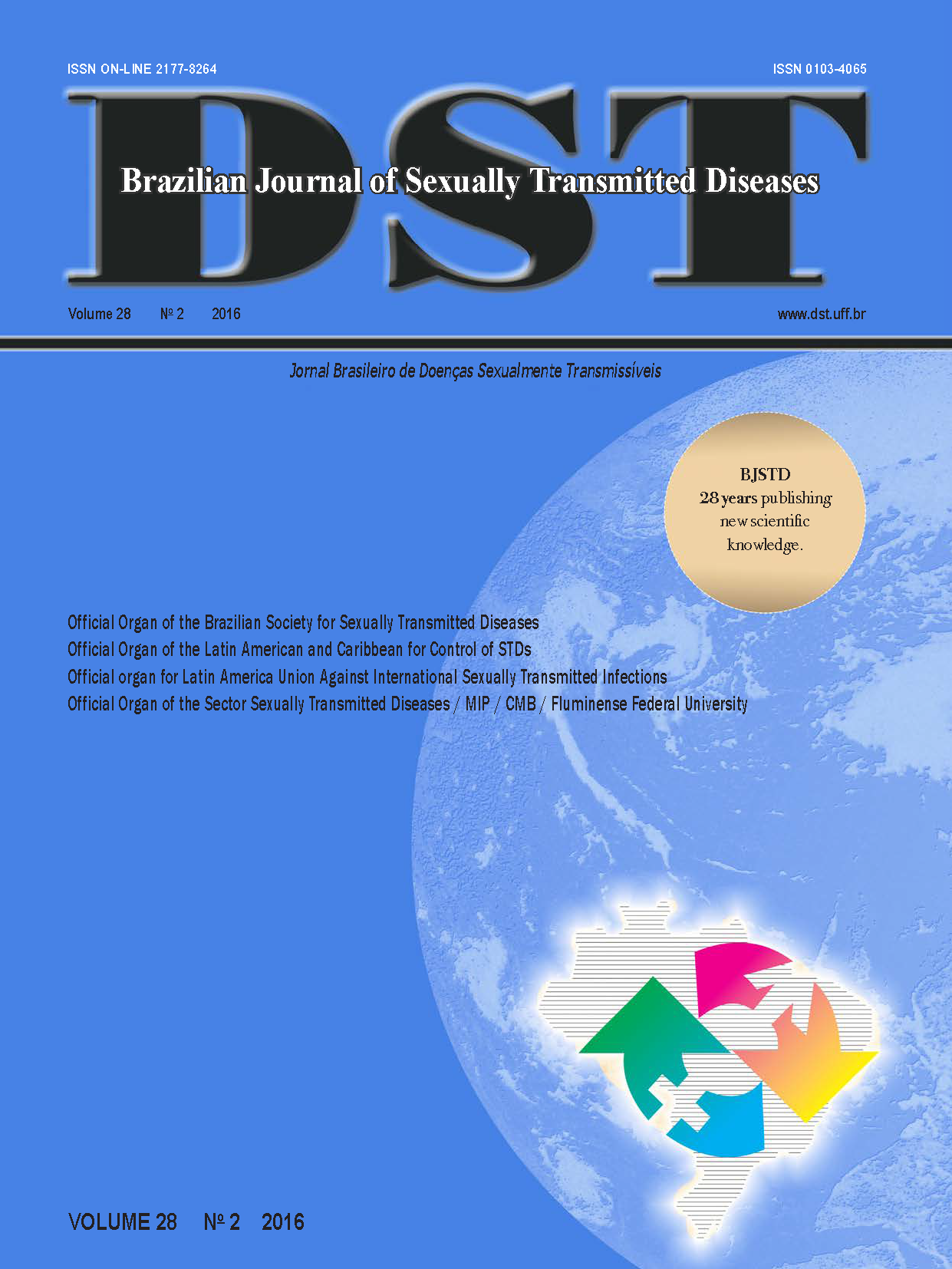Clinical-nutritional profile of HIV patients in a referral hospital in the northeast of Brazil
Keywords:
wasting syndrome, lipodystrophy syndrome associated with HIV, acquired immunodeficiency syndromeAbstract
Introduction: The acquired immunodeficiency syndrome is a chronic, progressive, and degenerative disease. Since the introduction of antiretroviral therapy (ART), a significant reduction in mortality and morbidity rates has been recorded. However, patients may present cardiometabolic changes throughout the treatment. Objective: To assess the clinical and nutritional profile of HIV patients treated in a referral hospital in northeast Brazil. Methods: Descriptive cross-sectional study performed in inpatient and outpatient units for infectious and parasitic diseases at the Hospital of the Universidade Federal de Pernambuco Nutritional and clinical variables were assessed. The sample was a non-probabilistic convenience sample. The data were entered into Excel for Windows® and analyzed using SPSS® software (version 13.0), with a 5% level of significance set for the rejection of the null hypothesis. Results: In total, 110 patients were assessed (54.5% in infirmary). The mean age was 39±11 years, with15.4% of the individuals aged 50 years or more. Of the total, 64.5% were male. Among the patients in the ward, 52.5% had metabolic complications; 1.6% had lipodystrophy, and 15% had wasting syndrome, while ambulatory patients showed values of 76%, 4%, and 4%, respectively. Time of diagnosis, indication, time, and adherence to ART showed no differences between the groups. Conclusion: The metabolic changes related to cardiovascular risk factors and the preservation of nutritional status prevailed in ambulatory patients, while the clinical-nutritional profile of hospitalized patients showed energy-protein malnutrition as the most common complication, with greater involvement of the immune system and increased frequency of opportunistic infections and gastrointestinal symptoms. The use of licit and/or illicit drugs, the lack of knowledge about the importance of medication, and the negligence in care were the main reasons for the irregular use of ART.












